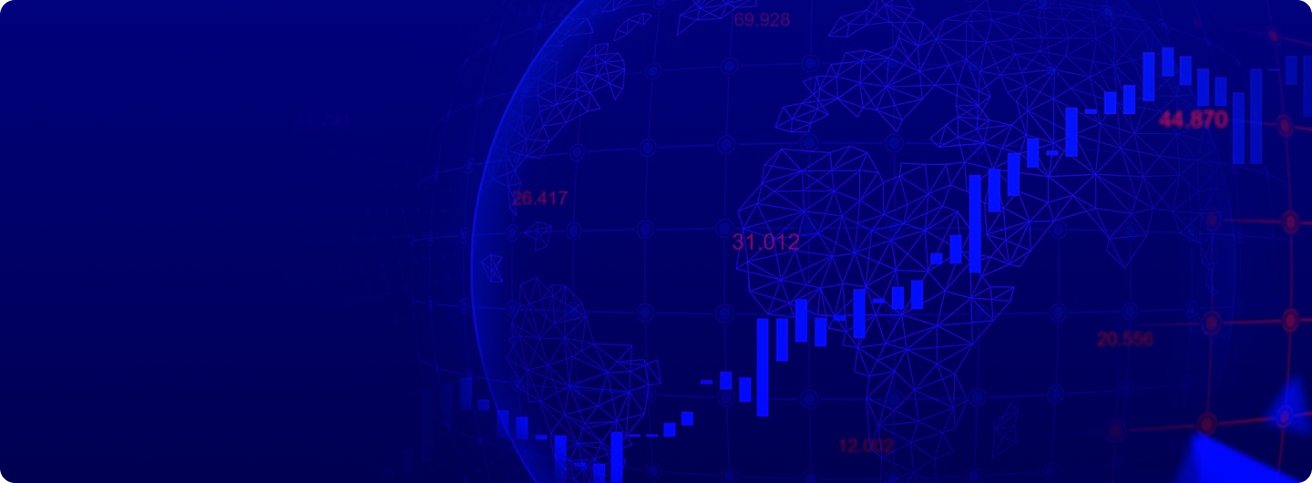The Basics Of Commodities Trading

A commodity trading is a cornerstone of global financial markets, allowing investors to participate in the buying and selling of raw materials and natural resources. From agricultural products like wheat and soybeans to energy resources such as oil and natural gas, commodities trading offer diverse opportunities for profit and portfolio diversification.
Understanding commodities
Commodities are tangible goods that are homogeneous in nature and traded on commodity exchanges worldwide. They are classified into several categories, including agricultural commodities (e.g., grains, livestock), energy commodities (e.g., crude oil, natural gas), and metal commodities (e.g., gold, silver, copper). Commodity prices are influenced by supply and demand dynamics, geopolitical events, weather conditions, and global economic trends.
Commodities exchanges
Commodities are traded on specialized exchanges, such as the Chicago Mercantile Exchange (CME), Intercontinental Exchange (ICE), and London Metal Exchange (LME). These exchanges provide platforms for buyers and sellers to trade standardized commodity contracts, known as futures contracts, which specify the quantity, quality, and delivery terms of the underlying commodity. Futures contracts serve as a primary instrument for commodities trading, enabling investors to speculate on price movements or hedge against price risks.
Mechanics of commodities trading
In commodities trading, investors can take two main positions: long or short. A long position involves buying a commodity futures contract with the expectation that its price will rise, allowing the investor to profit from the price appreciation. Conversely, a short position involves selling a futures contract with the expectation that the commodity’s price will fall, enabling the investor to profit from the price decline. Trading commodities futures contracts requires adherence to margin requirements, settlement procedures, and contract specifications set by the exchange.
Participants in commodities trading
Various participants engage in commodities trading, including producers, consumers, speculators, and hedgers. Producers, such as farmers and mining companies, use commodity futures contracts to hedge against price risks and secure future revenue streams. Consumers, such as manufacturers and utilities, utilize commodities futures to manage input costs and ensure a stable supply of raw materials. Speculators, including individual traders and hedge funds, aim to profit from short-term price movements by buying and selling futures contracts based on market trends and analysis.





